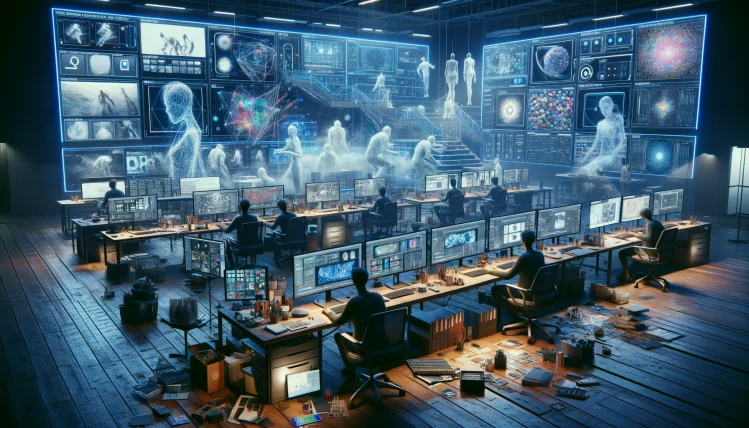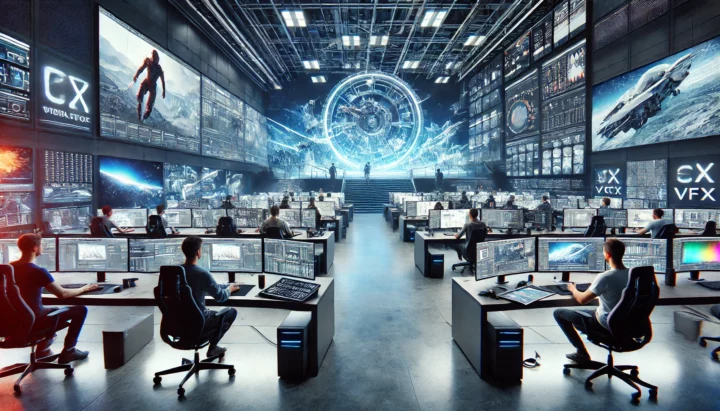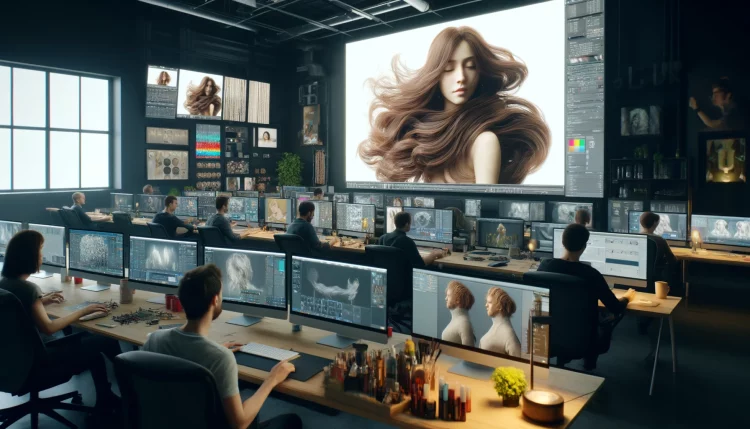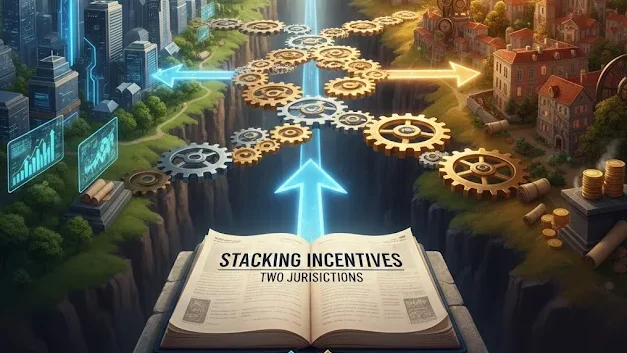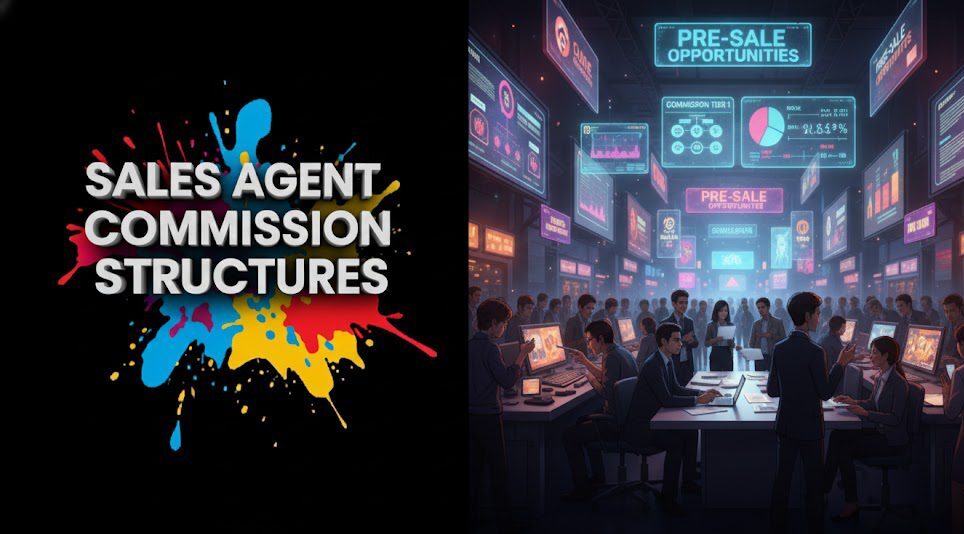Introduction
The world of TV production and film production offers incredible opportunities for content creators, buyers, and service providers. But understanding the differences between these two forms of media is crucial if you’re navigating the global entertainment supply chain. Whether you’re looking to buy content, sell production services, or explore distribution avenues, knowing the key distinctions between TV and film production can help you make the best business decisions.
In this article, we’ll explore the key differences in production schedules, storytelling techniques, technical aspects, and more. We’ll also show how platforms like Vitrina can provide valuable insights and resources, connecting buyers and sellers to the right partners and services worldwide.
Key Takeaways
| Aspect | TV Production | Film Production |
| Storytelling Format | Episodic, serialized for long-term engagement | Feature-length, single arc for a one-time impact |
| Production Speed | Fast-paced, often concurrent with broadcast | Longer timelines, segmented into clear stages |
| Cinematography & Editing | Focus on consistency across episodes | More freedom to experiment artistically |
| Special Effects | Budget-conscious, efficient production | High-budget, cinematic effects |
| Distribution | Primarily streaming, broadcast, on-demand | Theatrical release, streaming, digital download |
Need the Right Vendor for Your Next Film or TV Show?

Production Schedule Differences
TV production is often known for its fast-paced nature. TV shows, especially those with a weekly release schedule, may begin shooting before the entire season is even written. In contrast, film production typically has a slower, more methodical timeline, with months or years devoted to planning, filming, and post-production.
Comparison Table:
| Aspect | TV Production | Film Production |
| Production Timeline | Shorter, with overlapping stages | Longer, segmented into distinct phases |
| Budget Considerations | Often budget-conscious with limited financial resources | Higher budgets with more flexibility |
| Crew Involvement | Smaller, with crews often working on multiple episodes | Larger crews dedicated to one project at a time |
Vitrina can help both buyers and sellers in this area by offering access to a global database of production service providers across 100+ countries. If you’re a content buyer, this can be an excellent resource to find efficient production teams.
Learn more about how TV shows are made to better understand production timelines.
Storytelling: Episodic vs. Feature
When it comes to storytelling, the main difference between TV and film is the format. TV is often episodic or serialized, keeping audiences engaged over multiple episodes or seasons. Film, on the other hand, tells a self-contained story in one sitting.
- Episodic TV: Keeps viewers returning weekly, with subplots and cliffhangers.
- Feature Films: Typically focus on a single narrative arc, aiming for a deep emotional impact in a shorter period.
For content buyers looking to acquire or distribute stories that can engage audiences over time, TV production offers an opportunity to develop long-term relationships with viewers. Films, however, offer a more immediate, singular storytelling experience.
Check out scriptwriting for television to learn more about writing for episodic content.
Key Points:
- TV series rely on recurring characters and longer plot arcs.
- Films offer a single, tightly-knit story.
- Vitrina helps identify content creators specializing in episodic storytelling, which can be a great asset for buyers looking to invest in long-term projects.
Struggling with Content Distribution or Licensing?

Technology and Innovation in Post-Production
How does real-time rendering impact post-production in gaming vs film?
Real-time rendering allows game developers to see visual effects in real-time during gameplay, making it an essential tool for modern gaming post-production. This is in stark contrast to film, where rendering happens after shooting and typically requires significant computational resources.
| Technology | Film | Gaming |
| Real-time rendering | Mainly used for pre-visualization | Core to gameplay and visual effects |
| Virtual production | Used for creating dynamic CGI environments | Integrated with gameplay elements |
Real-time rendering and virtual production technologies, such as those used in Unreal Engine, are now also being applied in films to streamline visual effects. Discover how virtual production is reshaping VFX and post-production.
How does AI influence post-production workflows in gaming and films?
AI is playing an increasing role in post-production for both films and games, automating tasks such as facial animation, scene reconstruction, and procedural generation. In films, AI helps speed up tasks like rotoscoping and CGI rendering, while in gaming, AI is crucial for generating dynamic worlds and realistic character behaviors.
Distribution and Release: Broadcast vs. Theatrical
TV shows are primarily distributed through broadcast, streaming platforms, and on-demand services, whereas films often rely on theatrical releases before transitioning to digital and streaming channels.
Distribution Comparison:
| Distribution Method | TV Production | Film Production |
| Broadcast/Streaming | Dominates distribution for TV shows | Used after theatrical run for films |
| On-Demand Availability | Widely available for TV episodes | Becoming more common for films post-theater |
| Revenue Model | Ads, subscriptions, syndication | Box office, streaming, VOD sales |
For content buyers, understanding these differences can help you identify the best ways to acquire and distribute content. Vitrina offers tools to help you connect with distributors and find content tailored to your specific market needs, particularly in terms of streaming and on-demand releases.
To learn more, explore distribution strategies in TV.
Searching for Co-Production Partners Globally?

Conclusion
Both TV and film production have unique benefits depending on your needs, budget, and audience. Whether you’re looking to buy content or sell production services, understanding these key differences will help guide your decisions in the entertainment industry. Vitrina plays a critical role in helping content creators, distributors, and buyers navigate these differences by offering access to a vast network of industry professionals across production, post-production, localization, and more.
Frequently Asked Questions
Vitrina offers curated lists of content from distributors around the globe. You can find updated catalogs and connect directly with rights-holders to source the perfect titles for your platform.
If you’re a content buyer looking for post-production services, Vitrina connects you with the best vendors from 100+ countries, ensuring that your content is polished and ready for distribution.
Yes, Vitrina specializes in helping you discover vendors with super-niche specializations, whether you need animation, VFX, or localization services.
Vitrina offers insights into global film production companies and their projects. It helps content buyers and service providers connect to suitable partners for co-productions or post-production work.
Vitrina supports buyers and sellers in finding streaming and on-demand distribution partners, helping you expand your content’s reach worldwide.


